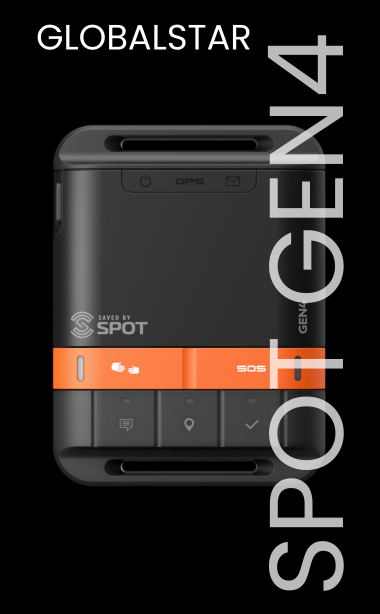You have no items in your shopping cart.
BGAN terminals offer a portable way to stay connected to the internet even in the most remote locations; however, you may have a need for a more powerful class of BGAN for distant communication—enter the new class 1 BGANs and streaming IP data. Depending on your use case, there are several different options to explore.
What It Means
Standard IP data connections over a BGAN device are considered “shared” connections, meaning that the connection is shared with other users which can affect the speed at which data can be transmitted. In normal web traffic, this is not normally a concern, but for video applications, a dedicated connection is more desirable. The Streaming IP connections are dedicated, and you decide what speed you wish to transmit and receive data.
Define the Usage
The expense involved with the hardware and service for a class 1 BGAN, specifically the Hughes 9211 or the Explorer 710, and HDR streaming IP data generally carve out a very specific use case. Generally, streaming IP data is reserved for broadcasting television signal, or is used for direct, real-time video communication, both from remote locations. Broadcast journalists can easily setup these portable units on location just about anywhere to stream broadcast-quality video anywhere on the globe. Technicians can stream detailed video for medical procedures or aircraft engine repair, where high definition is of utmost importance.
Pick Your Speed
The Explorer 710 and the Hughes 9211 are capable of utilizing BGAN HDR connection speeds. Full-Channel HDR service is capable of speeds up to 800 Kbps. But there are options beyond just the premium level. Half-channel HDR is capable of speeds up to 400 Kbps with a cost savings associated at that service level for those applications where higher transmission rate is unnecessary.
Pick Your Symmetry
HDR connections can also be divided into symmetric connections and asymmetric connections. Symmetric connections offer the same download and upload speed at the chose rate, meaning the BGAN transmits data at the same speed it receives it. For a cost savings, an asymmetric connection gives a higher transmission speed then receiving speed for applications where a high data transmission rate is more necessary than a fast receiving speed.
Things To Consider
- Streaming IP connections are charged by the minute versus Standard IP connections which are charged by the megabyte
- Transmission data rates, called “quality of service,” are guaranteed only on the “space-leg” of the transmission, meaning from the terminal to the satellite and back to the Inmarsat receiving station. Other transmission legs can degrade connection speed
- Physical codecs (like Librestream or Stream Box) and software codecs are used to break the transmission into data sections and reassemble them on the receiving end
- Latency, or the time it physically takes for the signal to complete circuit of 22,000 miles out to the satellite and back to the ground and across the internet to the end user, is minimized in HDR streaming data and can be handled easily by physical and software codecs.
- Streaming is available for monthly and prepaid service plans, but must be specifically requested at activation; streaming service is not activated by default to protect end users from unwanted accidental usage.
- Two terminals can be linked together (called muxing) to double transmission speeds for ultra high definition video applications
- Only the Explorer 710 and Hughes 9211 are capable of HDR service. Other Class 1 BGANs are capable of Streaming IP data, but are not able to support HDR.
Outfitter Satellite offers both the Explorer 710 and Hughes 9211 for purchase. Service rates for HDR and Streaming IP data are located on the prepaid and monthly service pages at our website.
#NoCellService
 English
English











